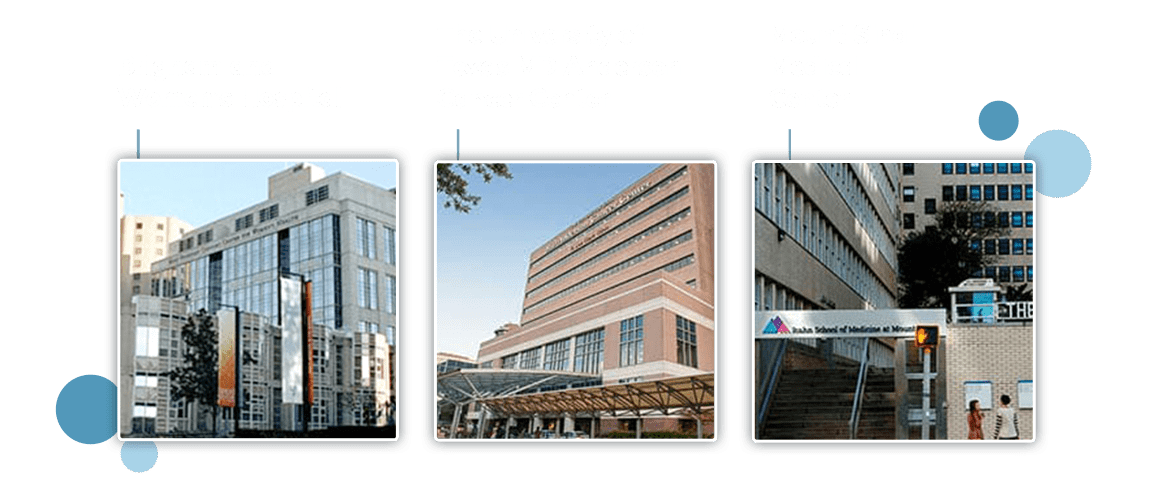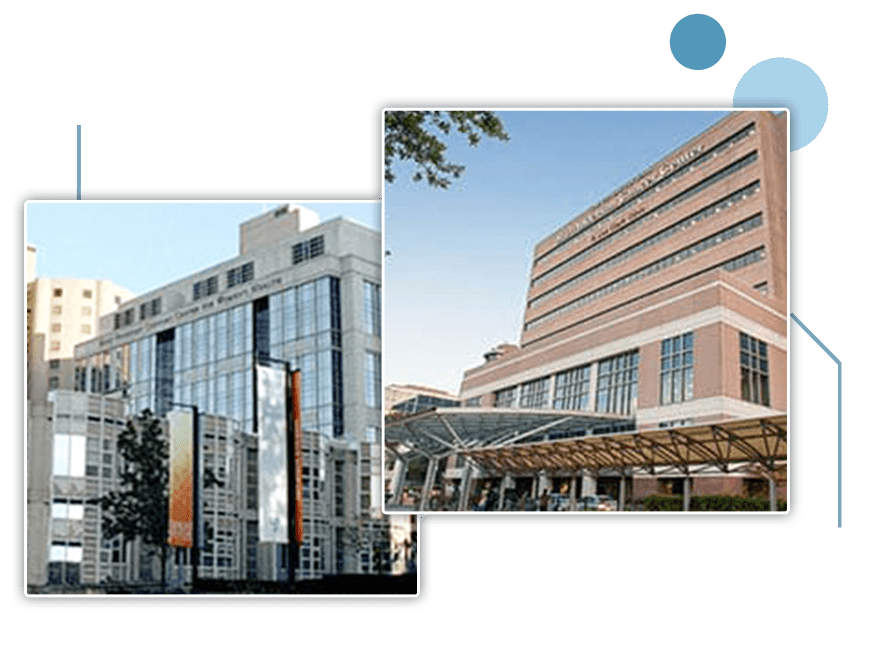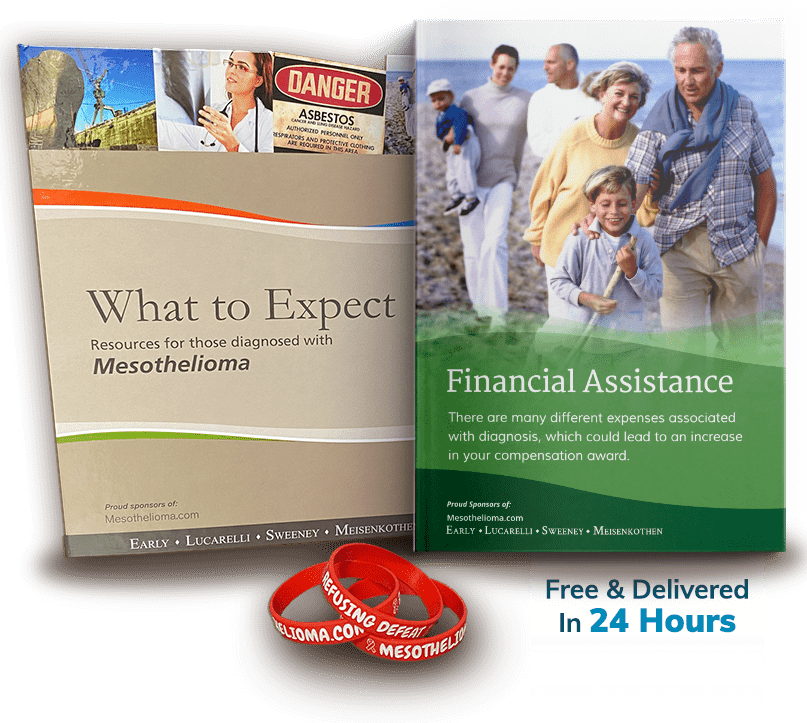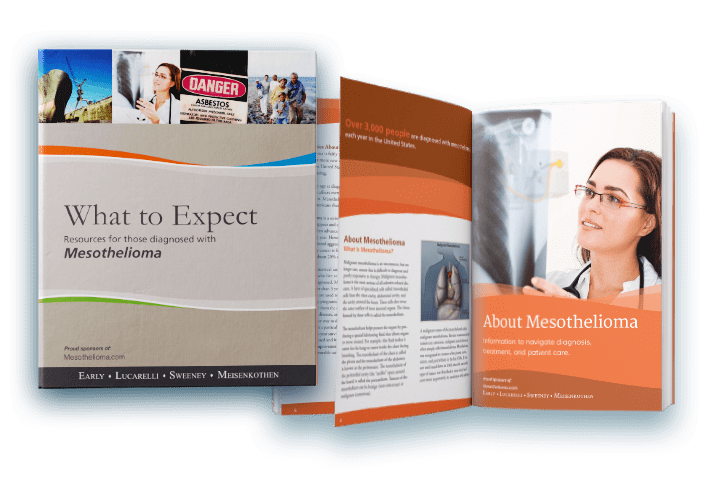01. Defining Extrapleural Pneumonectomy
What Is an Extrapleural Pneumonectomy?
胸膜外肺切除术(EPP)是一种外科手术程序pleural mesothelioma。It involves the removal of:
- The diseased lung
- Part or all of the diaphragm
- A portion of the membrane covering the heart (pericardium)
- Part of the membrane lining the chest cavity (parietal pleura)
手术的目的是实现宏观的完整切除。换句话说,医生的目标是完全消除所有可见的癌症。因此,手术可以改善患者的生存率。它通常与其他疗法相结合,例如chemotherapyandradiation。这些处理可以在EPP之前或之后进行。
EPP is often compared to another common surgery for pleural mesothelioma called pleurectomy/decortication (P/D).
胸膜外肺切除术与胸膜切除术/脱毛
Extrapleural pneumonectomy andpleurectomy/decortication(P/D) are two common胸膜间皮瘤的治疗手术万博专业版。Patients may undergo EPP or P/D in an effort toextend life expectancy。
P/D is sometimes referred to as a lung-sparing surgery. The procedure removes the cancerous tissue covering a lung without removing the entire lung. In this way, it is less aggressive than EPP.
P/D may also involve the removal of a part of the diaphragm and/or a portion of the lining of the heart (pericardium). When the diaphragm and/or pericardium is involved, the procedure is called an extended P/D.
Researchers continue to study EPP and P/D to determine the optimal treatment of malignant pleural mesothelioma. They examine the benefits and risks associated with each surgery. For many years, EPP was considered the only surgery that achieves the removal of all visible cancer. However, the technique of P/D has improved over time, leading to comparable survival versus EPP.
An increasing number of surgeons indicate a preference for P/D in the treatment of pleural mesothelioma because it is less invasive than EPP. However, no definitive clinical evidence favors one surgical procedure over the other.
02. How Does EPP Treat Mesothelioma?
How Does Extrapleural Pneumonectomy Treat Mesothelioma?
Extrapleural pneumonectomy treats pleural mesothelioma by attempting to remove all visible tumors. This outcome is known as macroscopic complete resection.
EPP is usually part of amultimodal approach治疗恶性胸膜间皮瘤。万博专业版这意味着手术与其他疗法相结合,例如chemotherapyandradiation。Other therapies may be administered before or after surgery depending on the patient’s case.
EPP Procedure
Extrapleural pneumonectomy is often completed atmesothelioma cancer centersby thoracic surgeons who specialize in performing the procedure.
对于合格的患者,EPP程序步骤包括:
- The patient is placed under general anesthesia.
- The surgeon makes an incision to open the chest cavity. They may perform the surgery from the patient’s front, known as a sternotomy. Or, the surgeon may make an incision on the side, known as a thoracotomy. The incision is approximately nine inches.
- 进入胸腔后,外科医生将患病的肺,diaphragm,心包和胸膜切除。外科医生将去除尽可能多的癌组织。
- When resection is complete, the diaphragm and pericardium are reconstructed with synthetic mesh material, such as Gore-Tex.
Patients are required to recover in the hospital for about two weeks after surgery. During this time, patients are monitored for potential complications.
Resources for Mesothelioma Patients
03. Recovery
Recovery From Extrapleural Pneumonectomy
Extrapleural pneumonectomy is considered an extensive surgical procedure and requires a long recovery period. Typically, patients spend about two weeks recovering in a hospital. This recovery period is followed by additional time recovering at home.
病人的时间花在depe复苏nds on the scope of the surgery and the overall health of the patient. Some patients may require an additional 6 – 8 weeks following surgery to make a complete recovery.
While recovering in the hospital, the patient’s health care team will closely monitor them for any complications.
Before a patient is discharged from the hospital, the surgeon will provide specific instructions to follow during recovery at home. Instructions may include how to care for the surgical incision, when to resume normal activities and how to manage discomfort.
Patients may be advised to avoid certain activities, such as strenuous exercise, drinking alcohol and smoking. Patients will also be told when to return for the first follow-up visit.
04. Benefits
Benefits of Extrapleural Pneumonectomy
Extrapleural pneumonectomy may extend patient survival and improve quality of life for some patients with pleural mesothelioma.
在各种临床试验中,研究人员报告了接受EPP的间皮瘤患者的中位生存期为12至20个月。万博专业版一些研究表明,在多模式治疗中施用EPP时的生存时间更长。例如,化学疗法,EPP和放射治疗的组合导致间皮瘤中位生存时间范围为12.8至46.9个月。万博专业版
One study from 2020 indicated EPP may have a slightly higher rate of “long-term” cure compared to pleurectomy/decortication.
Research also suggests EPP may improve breathing and quality of life for some patients.
05. Risks & Complications
Extrapleural Pneumonectomy Risks and Complications
与任何手术一样,与胸膜外肺切除术相关的风险和并发症。并发症可能是短期的或长期的。根据个体患者的病例,EPP的副作用在严重程度上也可能有所不同。
此外,研究人员发现,与胸膜切除术/脱毛相比,胸膜外肺切除术的并发症和死亡风险更高。根据一项研究,与P/D患者相比,急性呼吸窘迫综合征,支气管瘘,不规则心跳和肺炎在EPP患者中更为常见。
Some studies have also found the following potential disadvantages of EPP:
- Extrapleural pneumonectomy may lead to a lower quality of life for some patients.
- Patients may experience decreased cardiovascular function following surgery.
- Patients may experience mesothelioma recurrence after surgery.
- Patients may have a lower tolerance of chemotherapy following surgery, which may be recommended if cancer recurs.
Patients should talk to their doctors about all of the potential risks of this surgery and other treatment options for their individual cases.
06. Eligibility
Who Is Eligible for Extrapleural Pneumonectomy?
Not all pleural mesothelioma patients are candidates for EPP.
Because this surgery is considered aggressive, patients should also be in otherwise good health to be a candidate for EPP. Doctors will also consider the extent of tumors. For instance, patients with extensive tumor presence on lung tissue and/or tumors on the diaphragm or pericardium may be good candidates for EPP.
Doctors will also use the predicted lung function of the remaining lung after surgery to determine eligibility.
Certain criteria may make pleural mesothelioma patients ineligible for extrapleural pneumonectomy. For instance, patients withsarcomatoid mesotheliomaare not considered good candidates. Patients with predicted lung function values below 30% are also considered high risk.
Patients who are not eligible for EPP may be eligible for pleurectomy/decortication or other therapies. Patients should discuss their eligibility for this surgery and其他治疗选择和他们的医生。







